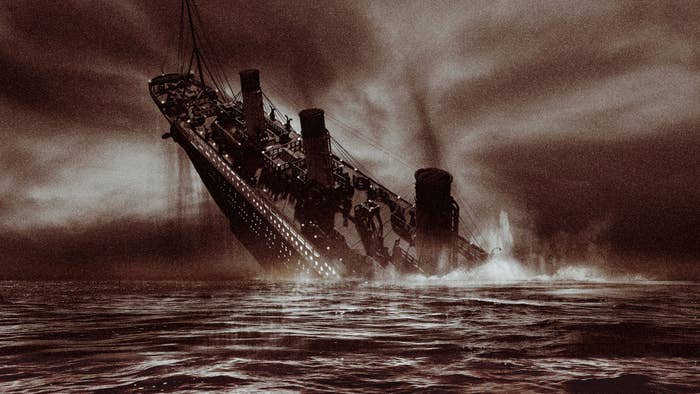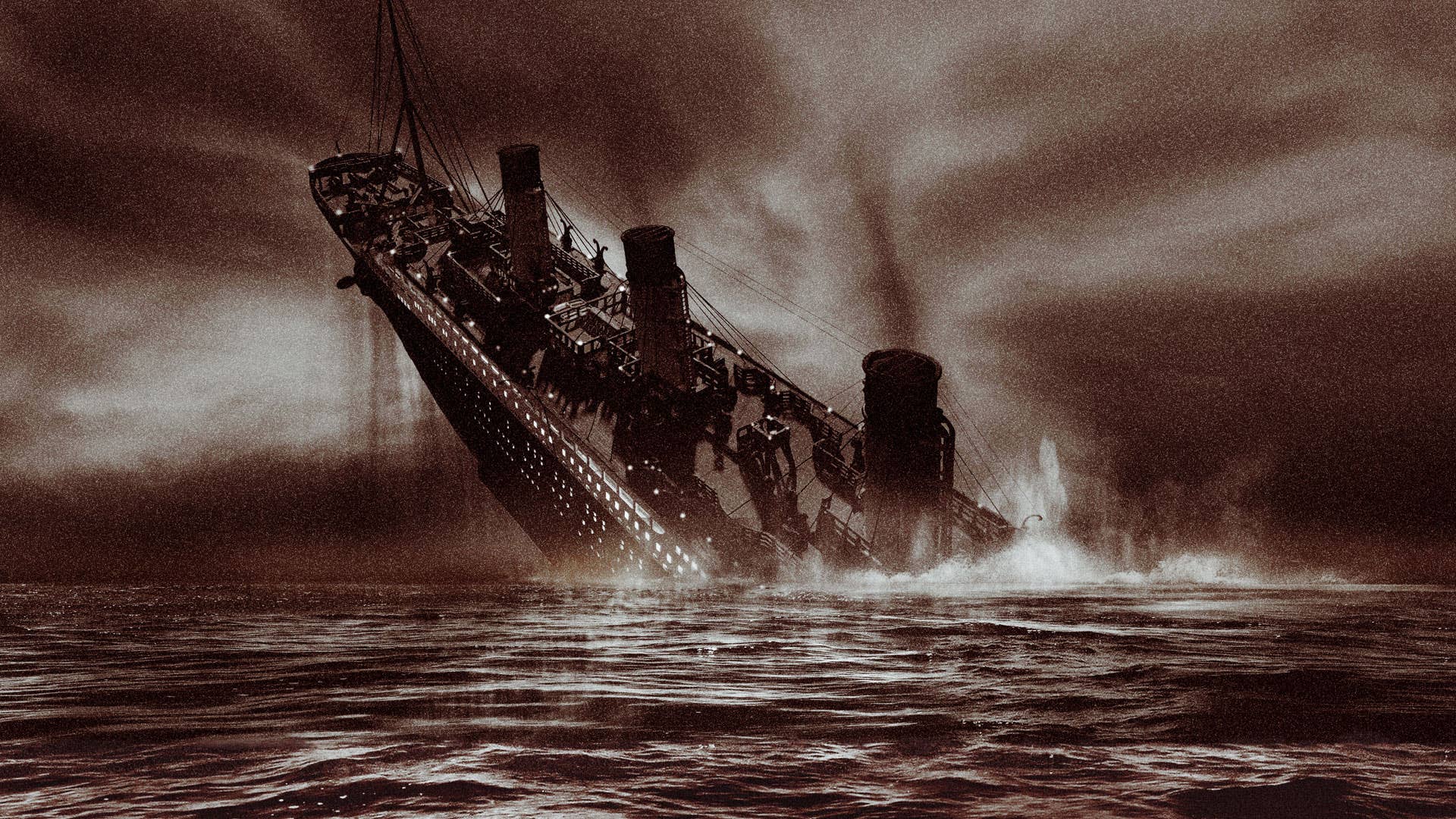
A new theory being proposed by those looking to get the iceberg off the hook (at least partially) for sinking the Titanic has been put forth by researchers who have instead decided to pin some of that disaster on the sun. On a related note, let this be the part where we say that alternative theories can be enjoyable to read but—well—don't run your boat into icebergs. It's just something that was written that you might find interesting. James Cameron's still the ultimate authority on the subject.
A new paper says that on the night the Titanic sunk (April 14, 1912) the northern hemisphere was having a "moderate to severe" magnetic storm which may have messed up the ship's navigational readings. They also propose that this may have thrown off the planned course the ship was on (and led it right into the iceberg), and may have hindered their ability to alert others about where they were via SOS signals (it also may have screwed with other ships' ability to locate the doomed vessel).
The Titanic wreck ended up killing more than 1,500 people.
That's a good segue. The author of the paper, Mila Zinkova, has four previously published papers on the subject of the Titanic, which were published in the journal RMetS Weather, in which theories were proposed that claimed mirages/optical illusions contributed to the ship meeting the bottom of the Atlantic.
Zinkova put forth the theory that compasses were thrown off by a solar flare which impacted the ability of those on the ship to accurately relay their coordinates. “The Titanic’s Fourth Officer Joseph Boxhall worked out the ship’s SOS position. Boxhall’s position was around 13 nautical miles (24 km) off their real position,” writes Zinkova.
Zinkova further says that the rescue ship, The Carpathia, also struggled that night before ultimately meeting up with the so-called "unsinkable" ship. “The compasses of the Carpathia could have been under the influence of the geomagnetic storm for 5.5 hours, before and after she received the Titanic’s SOS, and until she reached the lifeboats,” Zinkova writes. “Therefore, a possible combined compass error could have been one of the factors that contributed to the successful rescue of the Titanic survivors.”
If you (like me) want more context for that last sentence you're going to have to subscribe to the journal.
Zinkova finishes by noting that the official report states that emergency signals coming from the ship had "suggested amateur radio enthusiasts had caused interference, by jamming the airwaves" but that, again, the sun may have been partially to blame along with said geeks.
"However, at the time they had incomplete knowledge of the influence that geomagnetic storms may have on the ionosphere and disruption to communication," said Zinkova. "It is proposed here that the ongoing moderate to strong geomagnetic storm near the aurora had a negative impact upon the receipt of accurate SOS signals by nearby vessels, as well as interference from amateur radio operators."
Ships within a certain radius that actually could've helped did not get scrambled radio calls (or they missed them) while those back on land had everything proceed as normal unless they were trying to reach the Titanic and other nearby crafts. The theory is that the weather event was extremely localized. Consider it bad luck.
And also if you have a better theory let's hear it.

